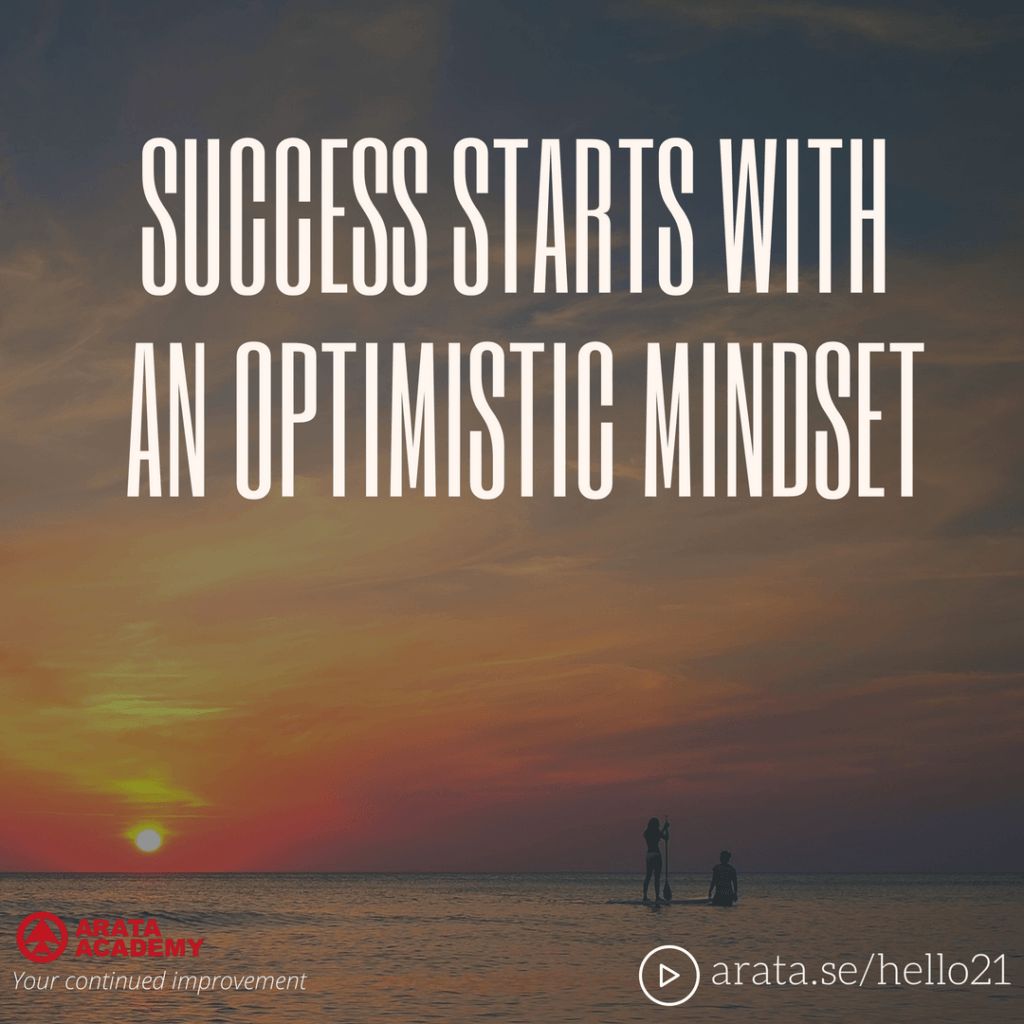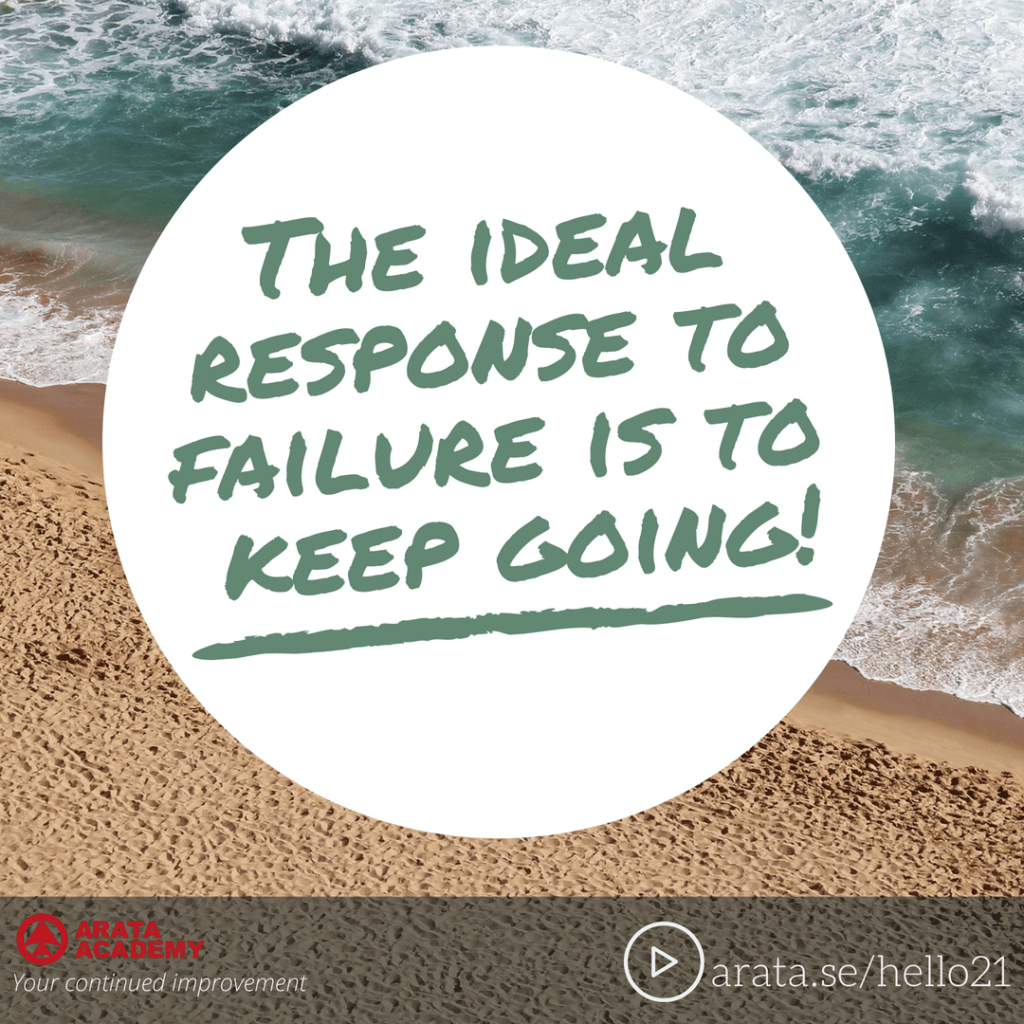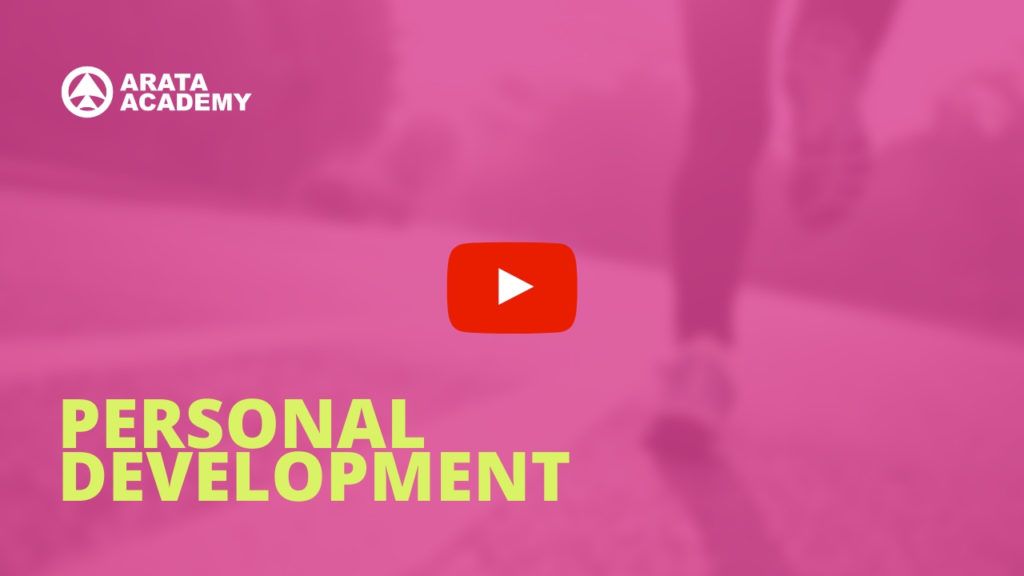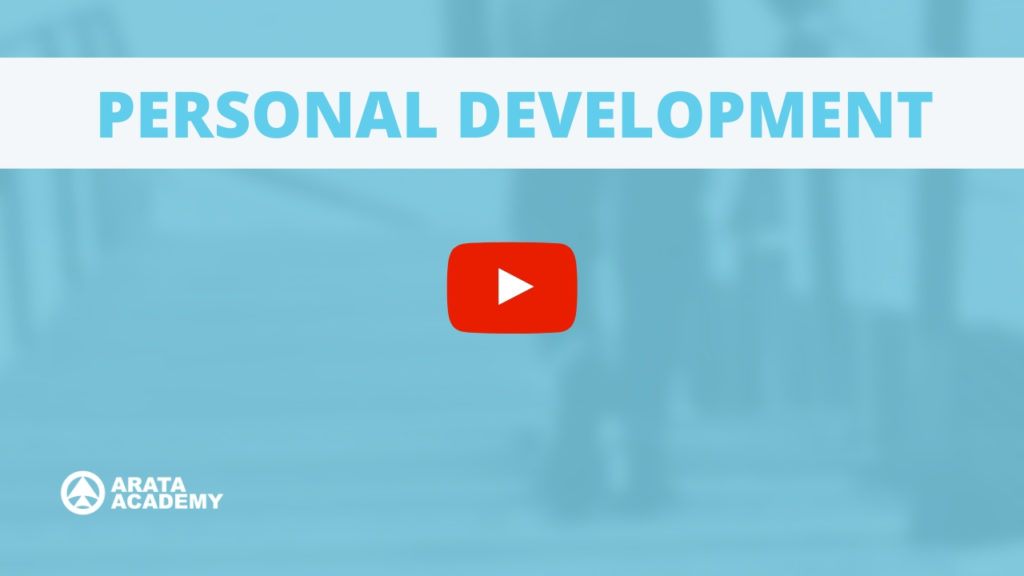Hello! Seiiti Arata. Success starts with an optimistic mindset. We can take our performance to the next level by establishing goals, building confidence and facing fears. Let’s examine five simple steps to apply the high performance mindset.
1. Use process goals and build your ladder.
High performers have a clear dream and use it as the reference to create consistent process goals. There’s a book about this.
Picture your dream as a ladder. Each step of this ladder represents one day, one goal, one specific action. One step is the smallest measurable item you need to go through in the direction of your desired outcome.

You can set high goals—just remember it will take lots of hard training and everyday practice. Create measurable and specific goals to track your efficiency. Maybe also find the top experts to teach you the right techniques, and have all other aspects of your lifestyle aligned to ensure peak performance.
Other people tend to set low goals because they’re afraid of failing. Yet when you set very high goals you will, eventually, achieve more than those people who settled for less. This is dreaming big.
So instead of looking at a short ladder, we will picture a very high ladder with many steps. Whenever things seem difficult, just break it down into smaller steps and keep going.
2. Learn how to respond to failure.
The wrong response to failure is to be defeated and stop moving forward. Negative thinking and failure are correlated. We need a special type of optimism. Optimism is a general faith; it’s not something that we know based on evidence, but rather a way to interpret the world around us.
What we want is CONFIDENCE, which is linked to the skills we have in proportion to the challenge ahead.
The high performance mindset is not defeated by negative experiences. The negative outcomes don’t cause enough emotional harm to stop us. This is how we respond to failure: we keep going.

People tend to become what they think of themselves. So, as we work on ourselves to be exceptional, we also develop a high level of confidence in our skills. We trust our skills because we have practiced them.
At the same time, we also have the inner peace to accept whatever happens as the outcome. Relinquish control. Do your best and accept the results.
3. Employ visualisation for motivation.
Many people think visualisation is simply daydreaming about positive outcomes.
However, there is more to it than that: to conquer our fears, it is also important to visualise adversity and setbacks, which will help the mind to develop a hardiness to respond to setbacks with energy and confidence. Two questions are important: (i) What can go wrong? (ii) What will I do in that case?
Having said that, we should focus on the positive. We must learn to celebrate and remember the positive experiences—and to let go of the negative ones.

Once again, we will not be focused on our failures. Instead, we will look at the accomplishments and cherish them. Consistent motivation is essential.
4. Love what you do.
Where can we find inner strength to keep going? We should love what we do and find meaning in it. Otherwise, we will not have the fuel to become exceptional or maintain top performance.
Keep in mind, there will be plateaus: when improvement levels off, it’s easy to become frustrated. Maybe the motivation was not coming from the practice, but from the buzz of the victories and improvements.
Some people even get tired and start to hate what they once loved.

When this happens, there are two options. Either you can renew your lost passion by remembering what you first loved… or choose to change your situation entirely and move on to something different.
5. Deal with fear.
Don’t let yourself be scared by new challenges. Instead, prepare to test your limits and create your own reality.
If you’re afraid, remember that’s perfectly natural because nobody likes to lose. Failure is not a fatal tragedy, it is just some natural and expected accident that can be easily corrected with more training.
Be careful about learned helplessness, which happens when people stop trying. These people see failure everywhere and see no point in improving because they are convinced that failure is the only destination. It seems easier to give up trying.
Remember the ideas we saw in this and in the previous videos. Then we can see all the changes necessary to remove the mental barriers sabotaging our plans.
It is important to bring enthusiasm and passion every day to whatever you decide to do! Success starts with an optimistic mindset.
So here’s a practical tip: keep a journal with positive insights—we talked about this before in the video titled Three steps to overcome difficult times https://arata.se/hello13

